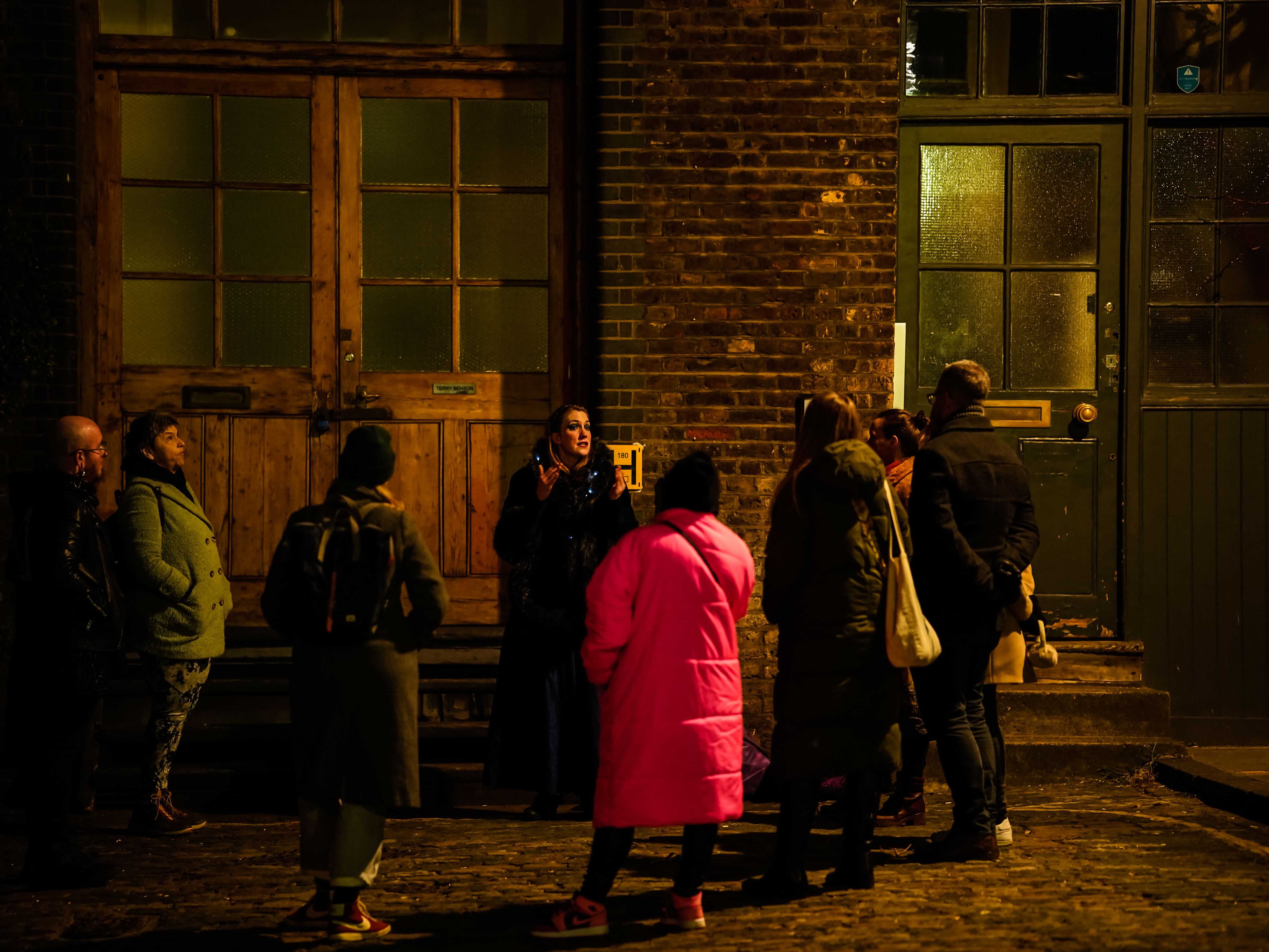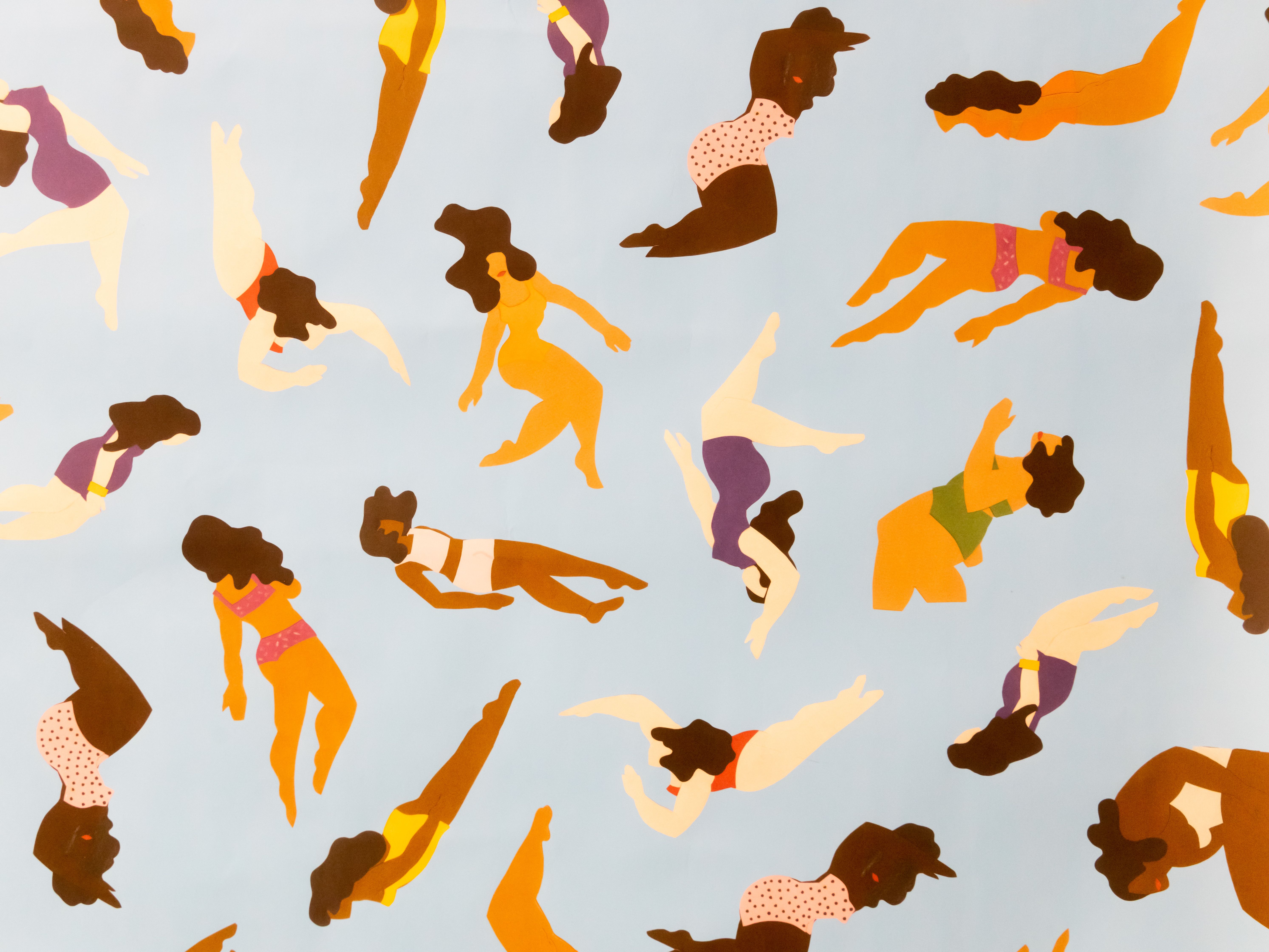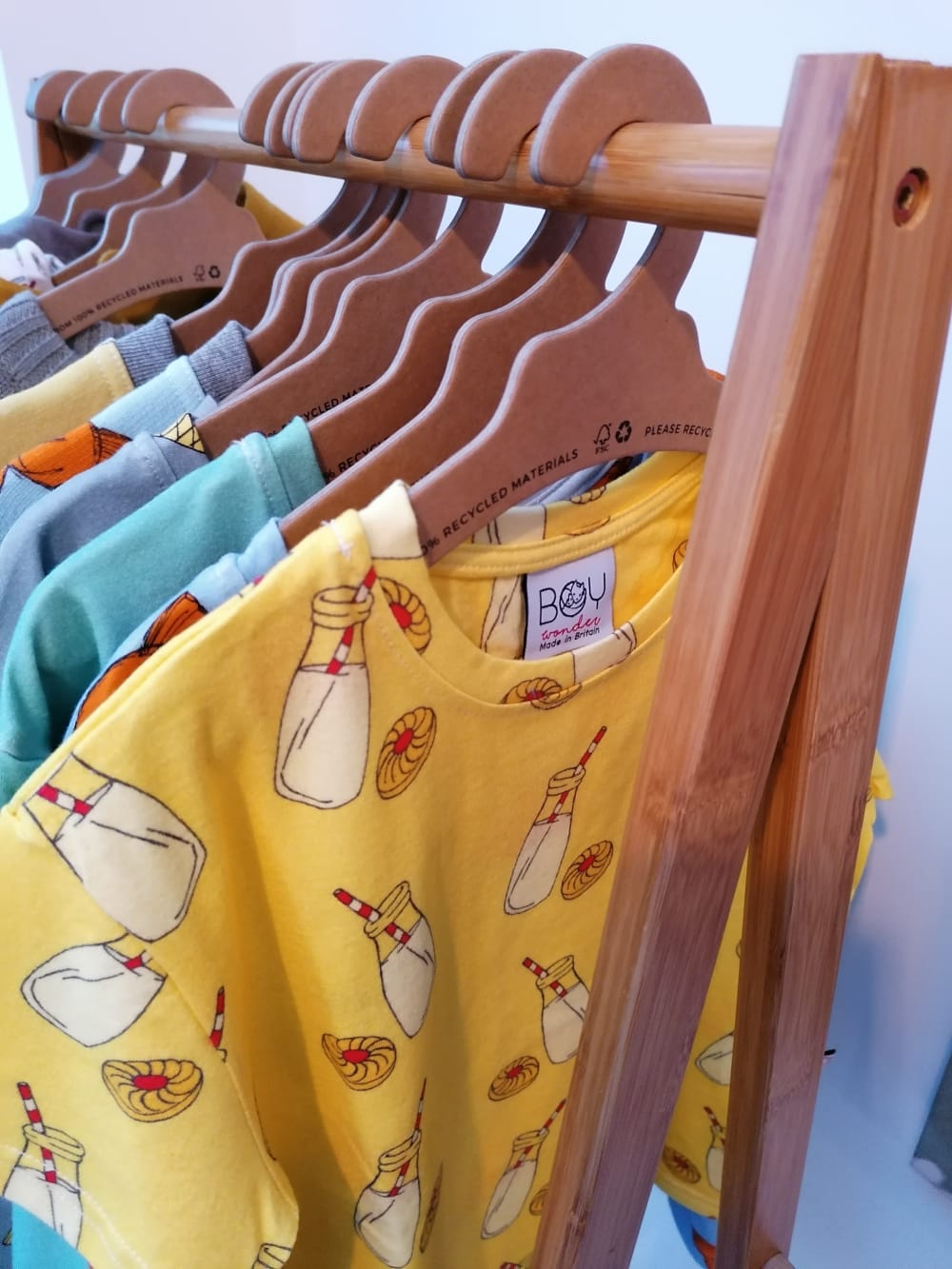
Meet: Ismay Mummery
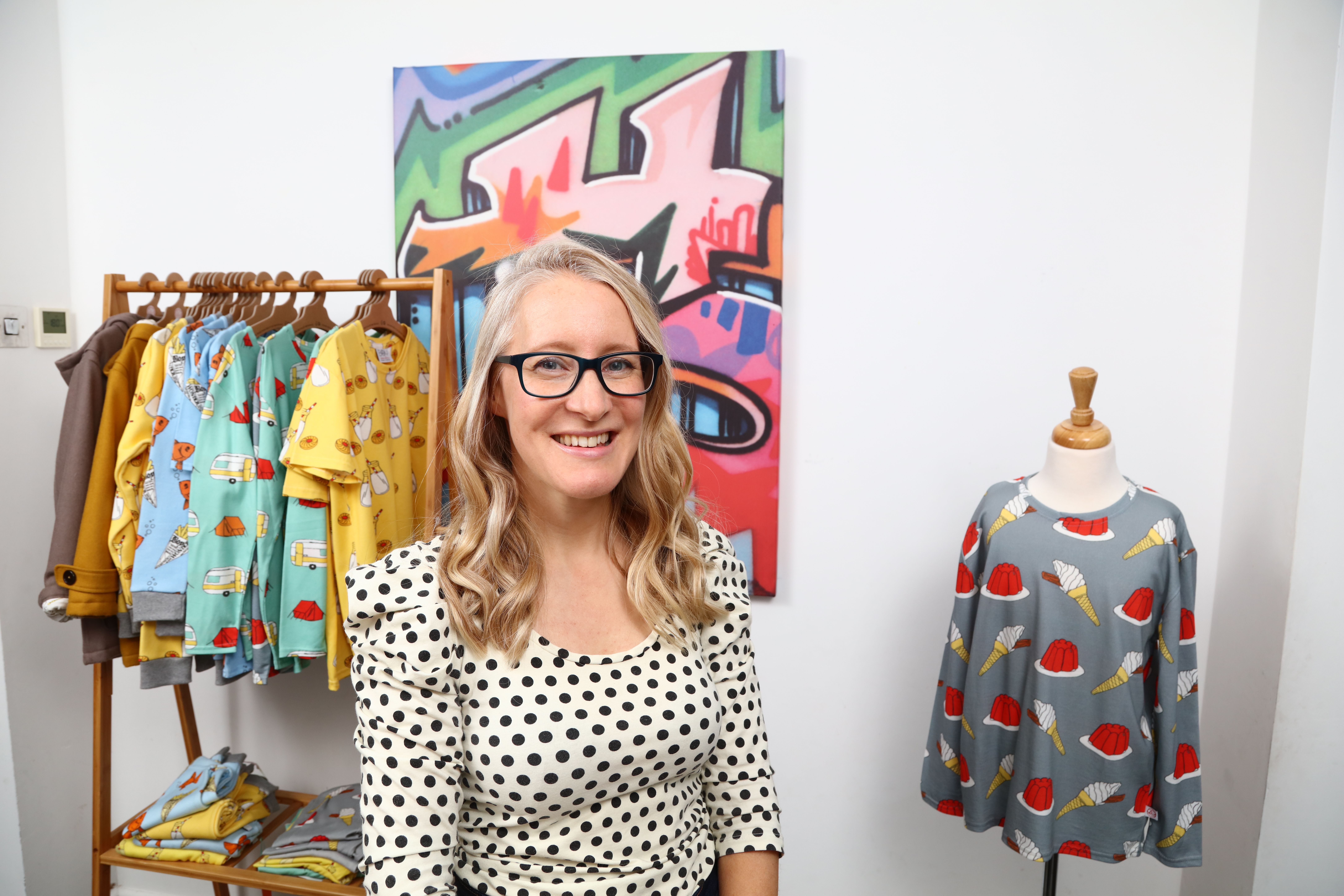
- Written byEleanor Harvey
- Published date 08 March 2022

Ismay is the Founder of Boy Wonder, a sustainable kids' fashion brand made in Britain featuring hand-drawn prints on organic cotton. After having her son, Ismay was frustrated at the lack of choice available in boys' clothing and saw a gap in the market. With sustainability at its core, here she tells us about the creative initiatives she's implemented into her business.
Ismay completed her MA in Fashion: Design and Technology at London College of Fashion, UAL in 2003.

What made you want to start up your business, Boy Wonder?
I always wanted to start my own business and after living in Sweden for a year I was inspired by their bright, stereotype-free designs. After coming back to the UK I was frustrated at the lack of choice in boys clothing for my son which revealed a potential gap in the market. Boy Wonder came about from that desire to clothe my son in unique designs that are ethical and sustainable. In 2016 the blog began telling the story of setting up my business and my research into ethical & sustainable fashion and green issues. I believed I could create a greener and kinder boys fashion brand inspired by the Scandinavian fashion brand’s designs mixed with some quirky British humour.
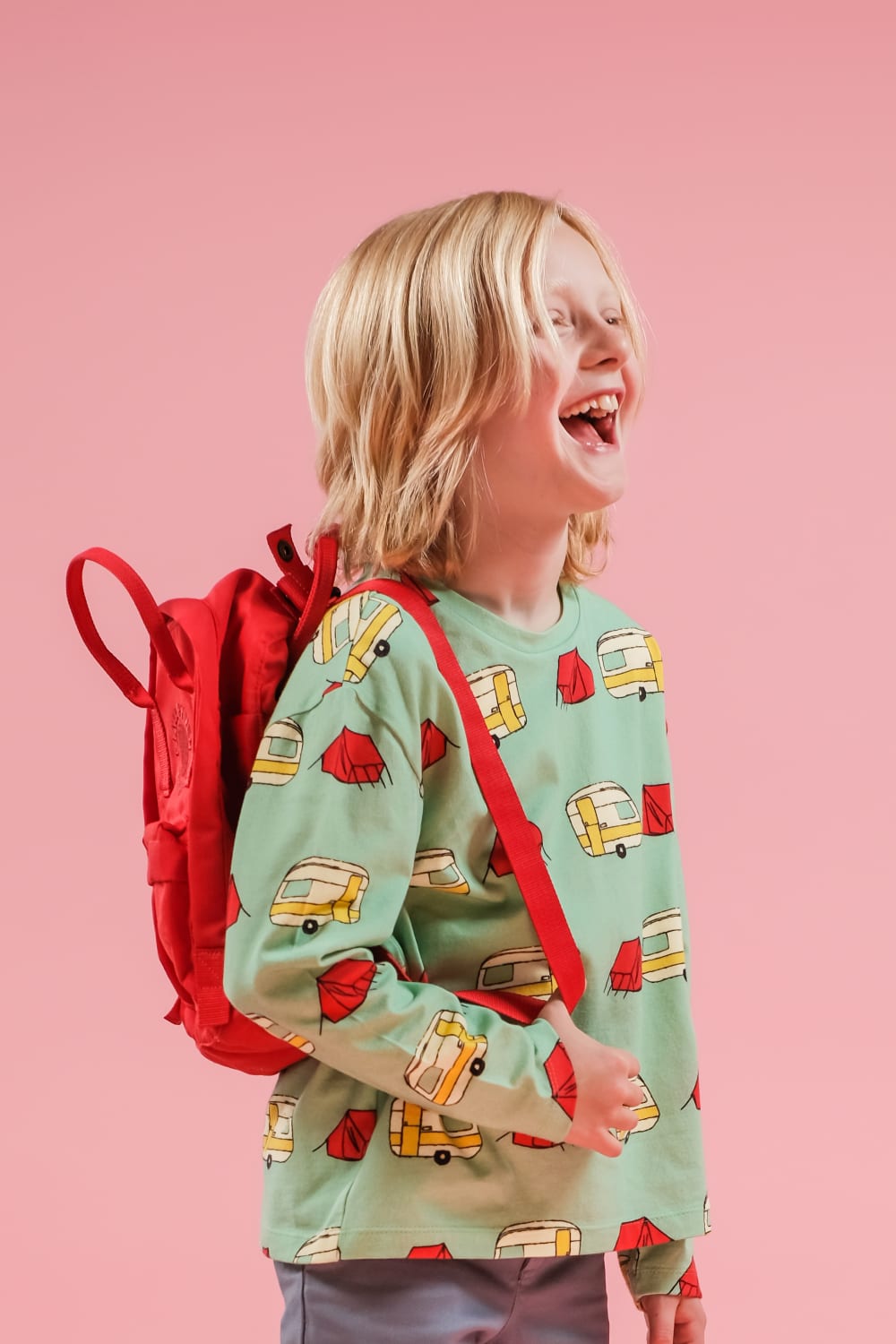
What are your core values?
By giving customers a thoughtful product that is kind to people and the planet we are creating a kinder, greener world with a bright, fun future for our children. As a company, we have an innovative business model that incorporates sustainability throughout and moves away from current production and business paradigms. Our true innovation lies in not just creating products but sustainable communities and driving change by thinking differently.
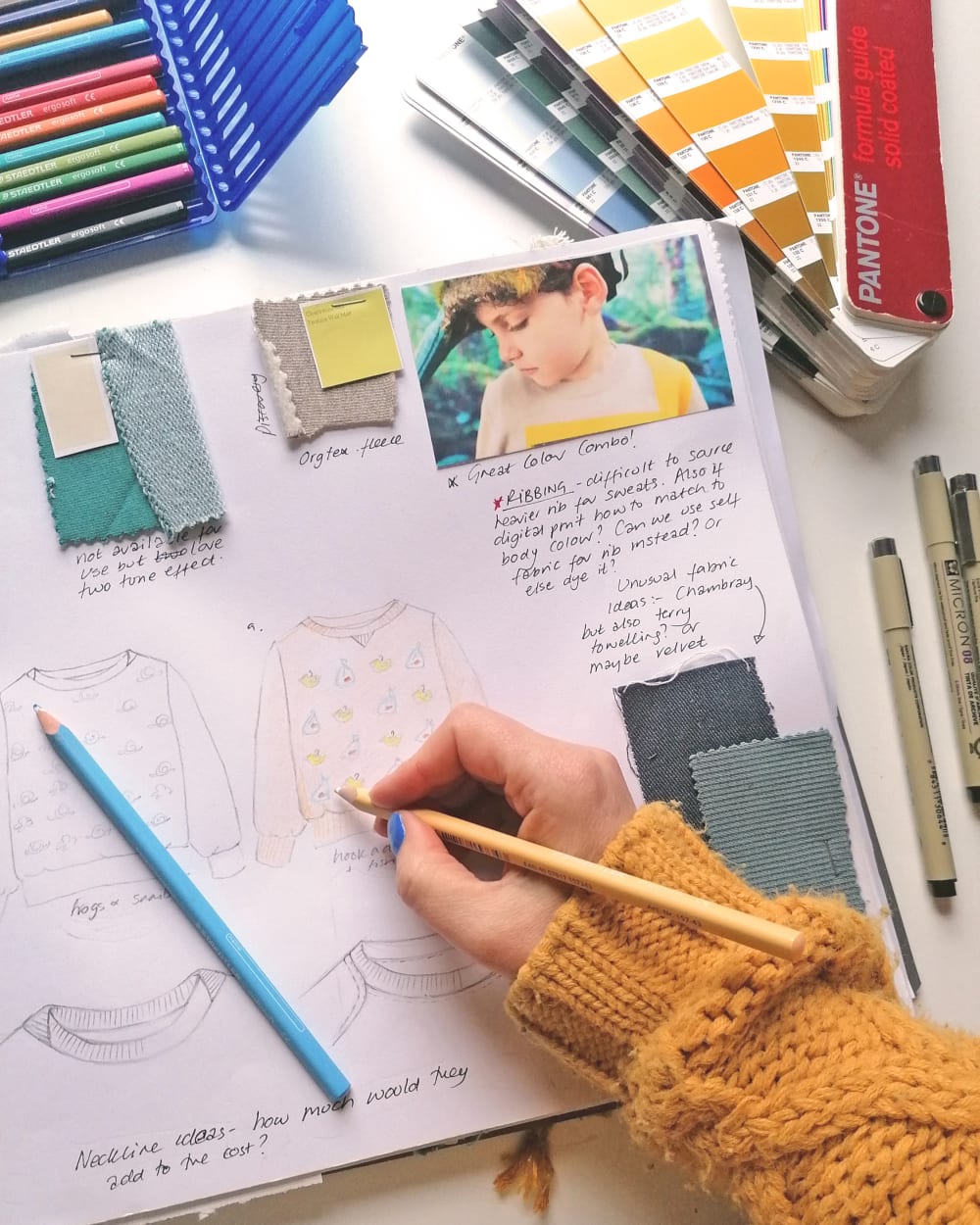
What sustainable initiatives have you implemented?
Boy Wonder is a sustainable boy’s fashion brand that focuses on extending garment life. According to WRAP (Waste Recycling Action Programme) extending the life of clothes by just nine months of active use would reduce the carbon, water and waste footprints by 20-30% each. We design high-quality, long-lasting garments that are trend- and season-free, will wear well, be loved and can be passed down to be cherished by others. This is supplemented by designing in extra growth room and by providing care guides, repair kits and iron-on patches so that customers have the tools to help them to care for their purchase.
Our secondary focus for sustainability is hyper-local production. All our garments are knitted, printed and made ethically in Leicester just over 20 miles from our studio. This enables us to not only invest in our local economy and ensure high ethical standards but also makes our ‘fashion’ footprint very low. Our products travel approximately 44% less than big brands and according to Nottingham University making them in the UK creates 47% fewer emissions. I believe Britain could and should become as renowned for its sustainable and ethical fashion production standards as it is for its quality and classic design.

What were your biggest challenges and what have you learned?
I have faced substantial challenges along the way from being very badly advised by people being paid to advise me subsequently having to switch services and then redoing work which cost me a lot of money. I have had entire rolls of fabric going missing and being printed wrong, garments not turning up for photoshoots and having to change printers three times as they couldn’t do what I needed. I have had numerous problems with the retail site and web developers where I have ended up having to learn to redesign the whole site myself.
The fundamental challenges have been around wanting to do things differently when many in the industry and the wider business community still don’t understand sustainability. Even sourcing sustainable fabrics that are British-made was difficult, though I have noticed it get better over the last few years. Having very little support as I run the business on my own has not been easy. I have had to establish my own networks and communities for feedback and advice from like-minded individuals and businesses. I have also received no funding and haven't been eligible for any government support during the pandemic. Getting investment for businesses like mine that are not chasing high profits and high growth is hard, so I had to raise start-up capital myself through crowdfunding. Lastly, it has been a struggle juggling being a widowed mum with setting up a business, especially with homeschooling through the pandemic.
I have also learned to not let things stop me from what I want to achieve. I found that nothing much seemed to run smoothly and I was often tackling one problem after another.
However, if I had let those setbacks put me off I would have given up a long time ago. Each problem is a learning experience and there is often an alternative way of doing things that might even be better.
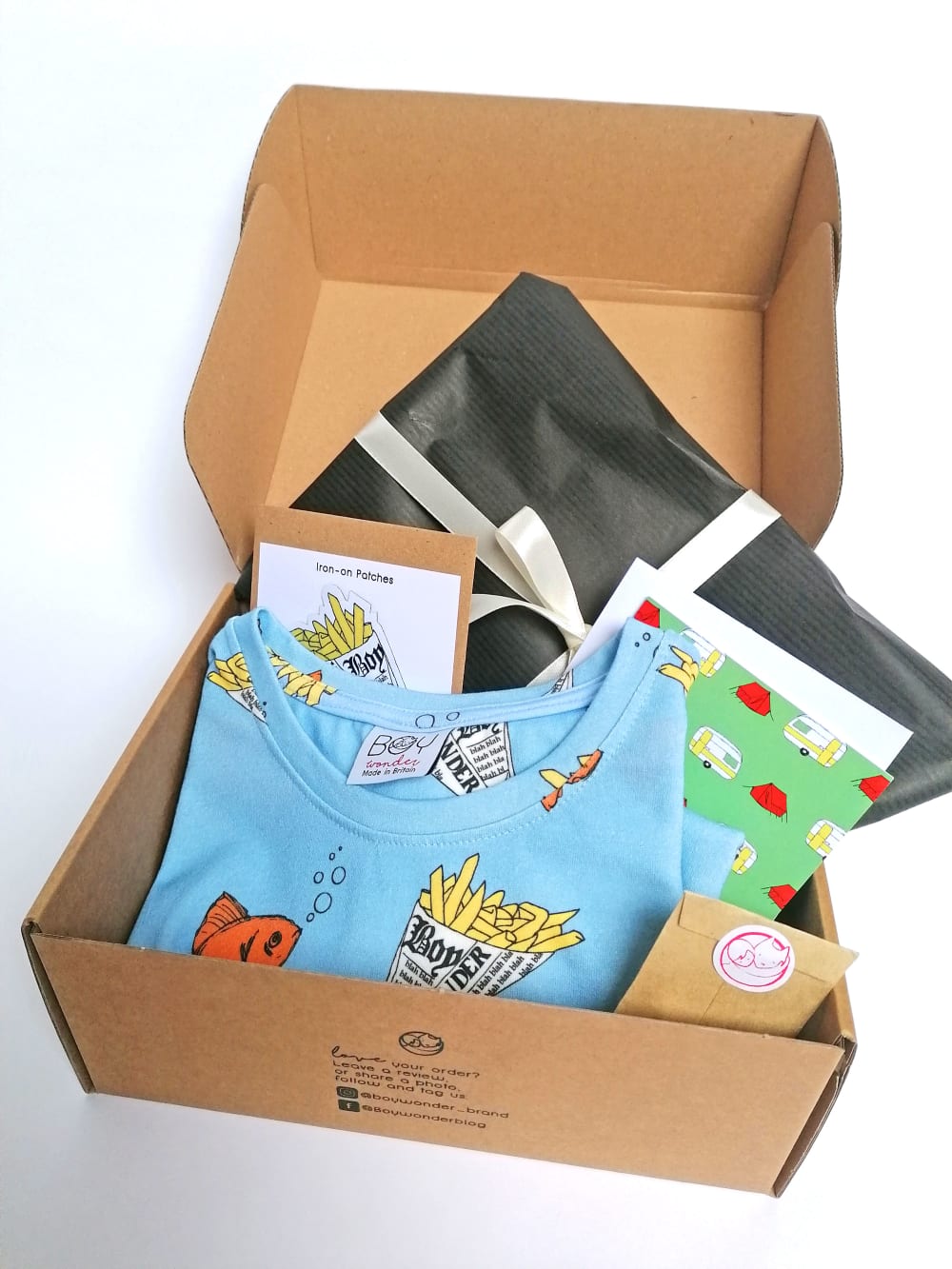
What advice would you give to other female creatives wanting to establish their own brand?
My advice to others wanting to start their own business is to get lots of advice and training and do lots of planning. I did lots of free online courses and have slowly built up a network over the years that I can go to for advice on all aspects of the business. Don’t be afraid to ask, most people are happy to help. I would also say be prepared for a very steep learning curve. As a designer, I soon realised that actually design would only be a tiny part of what I do in the business. Most of my time is taken up with marketing (email, content & blogging) & PR, but also R&D, finances, supplier liaison, sourcing, sampling, web design, professional development and networking. Most of these I have had to learn myself.
Believe in yourself and what you are doing! I had lots of advice from ‘experts’ some of which was very wrong and cost me a lot of time and money. I thought they knew better than me even when it instinctively didn’t feel right. But only you know your business inside out and your hopes for it so only you can understand what is right for it. Stay true to what you want to achieve, but also be flexible about how you get there. Also, be prepared to make mistakes and to have huge hurdles to overcome - getting through that is how you grow and develop.
Get in touch:
- Follow us on Instagram: @ual_alumni
- Want to be featured on our pages? Share your updates with us and we’ll do our best to feature your profile across our prospectus, website, newsletter, or social channels.
